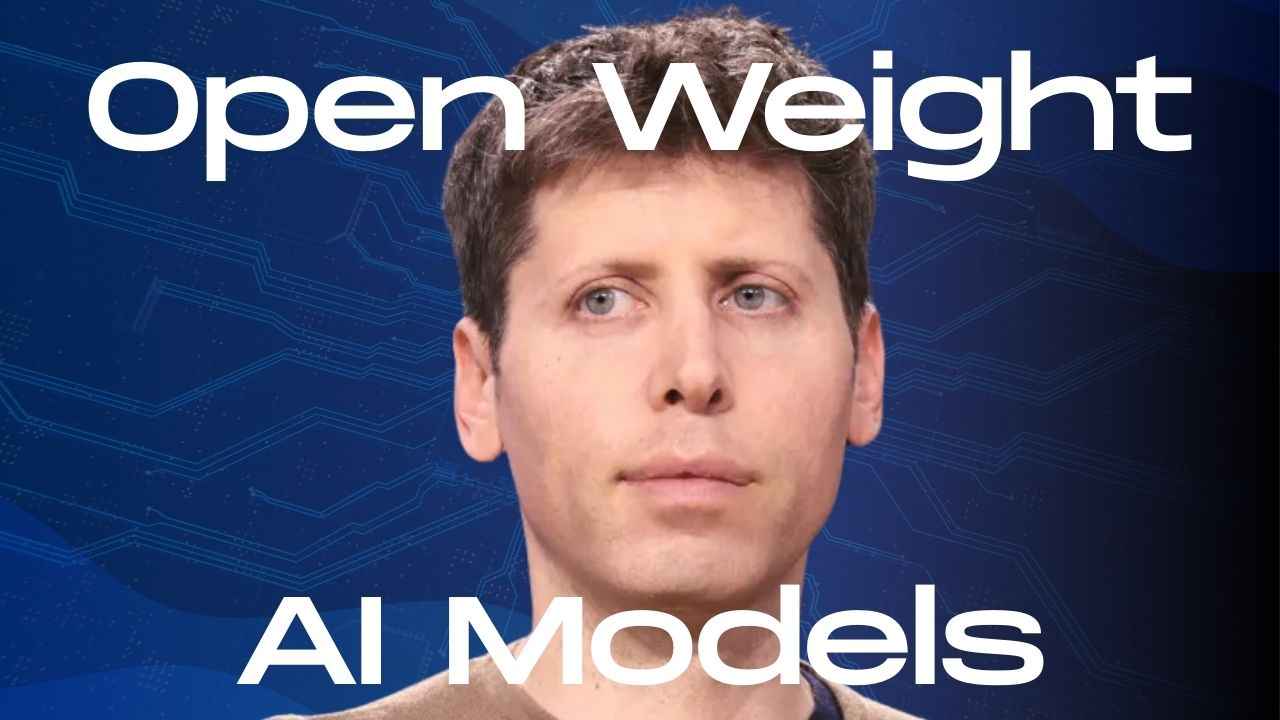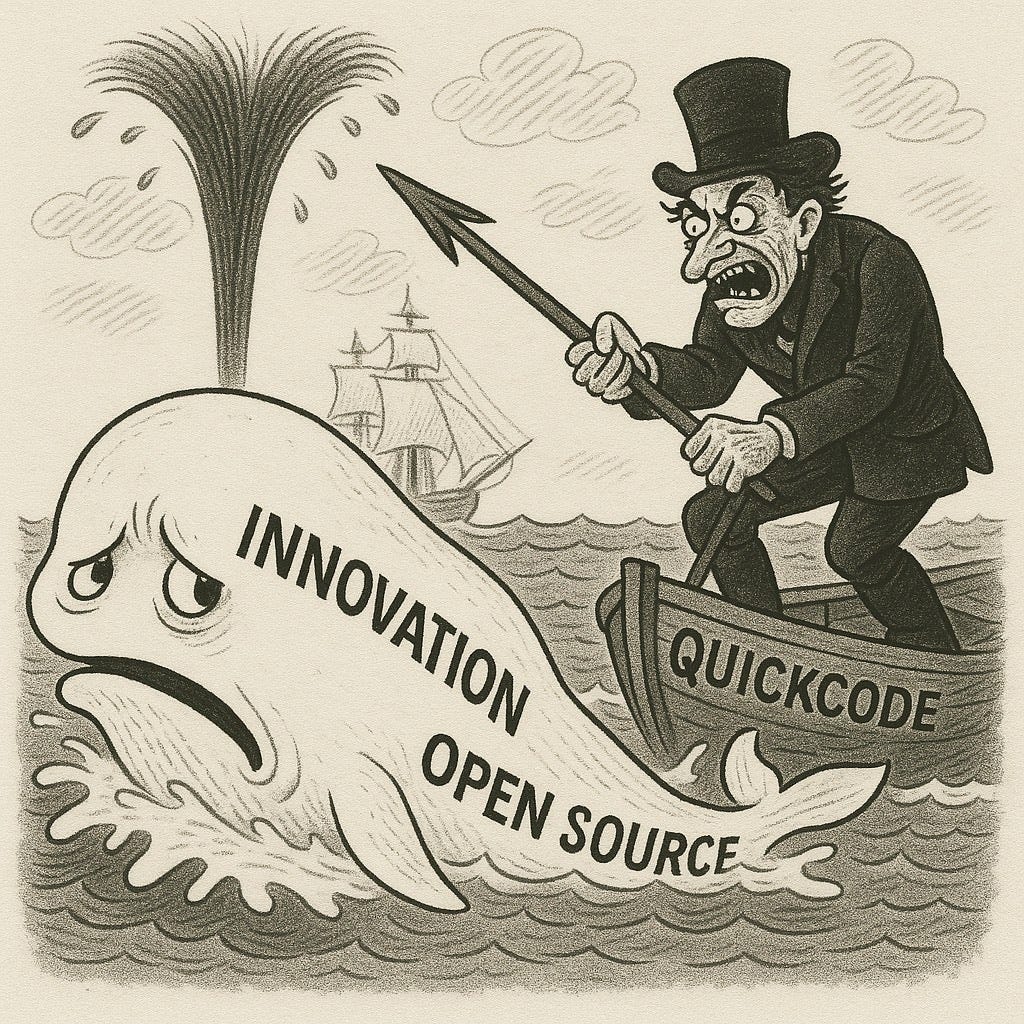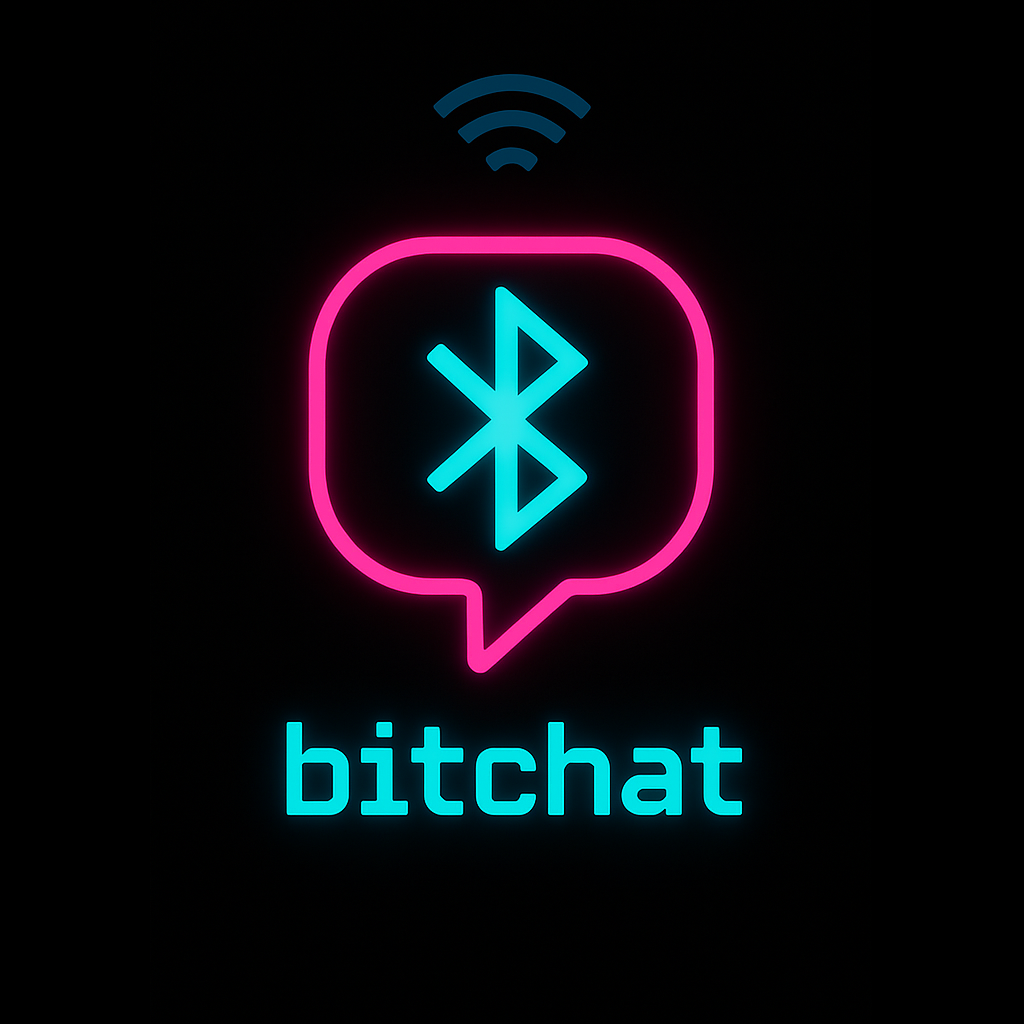Open Source News
Securelist
395

Image Credit: Securelist
Code highlighting with Cursor AI for $500,000
- Attacks using malicious open-source packages are a growing threat in cybersecurity.
- A recent incident involving a fake Solidity Language extension highlights the dangers.
- The fake extension tricked developers, leading to data theft and remote control access.
- Similar attacks with different malicious packages have been identified targeting blockchain developers.
- Caution is advised when downloading open-source tools to prevent malware infections.
Read Full Article
23 Likes
Siliconangle
158

Image Credit: Siliconangle
Hybrid cloud emerges as cornerstone of enterprise AI strategy
- Hybrid cloud is foundational for enterprise reinvention, offering versatility and control.
- It enables seamless orchestration across edge, core, and cloud for legacy and new apps.
- Hybrid cloud platforms support AI-driven use cases while maintaining security and performance.
- Nutanix's collaboration with AWS highlights the importance of dual-platform strategy for enterprises.
Read Full Article
9 Likes
Digit
208

Image Credit: Digit
Sam Altman confirms delay in OpenAI’s open-weight model: What is it and how does it work?
- OpenAI has postponed the release of its first open-weight model to prioritize safety testing and integrate a research breakthrough, hinting at the complexities of innovation, competition, and ethical responsibilities in deploying powerful AI systems.
- Open-weight models are a middle ground between black-box proprietary models and fully open-source AI, providing trained parameters for adaptation but posing risks due to the permanence of released weights and potential for misuse.
- The delay stems from a significant unexpected research breakthrough and safety concerns, with OpenAI conducting rigorous testing to address misuse risks associated with the irrevocable nature of open-weight models.
- The postponement impacts developers awaiting the model, the competitive AI landscape where OpenAI vies with Meta and DeepSeek, and reflects a broader shift towards responsible AI development despite industry pressures for rapid innovation.
Read Full Article
7 Likes
Medium
161

Image Credit: Medium
The AI Patent Land Grab: How QuickCode’s “Innovation” Reveals a Broken System
- QuickCode's patent application aims to claim ownership over obvious AI techniques.
- The patent describes basic ML processes as revolutionary and groundbreaking inventions.
- Filing such patents harms innovation by hindering progress and promoting rent-seeking behavior.
- The AI community should reject such patents and prioritize genuine innovation and collaboration.
- It's crucial to safeguard the open, collaborative spirit that drives AI advancements.
Read Full Article
8 Likes
Discover more
- Programming News
- Software News
- Web Design
- Devops News
- Databases
- Cloud News
- Product Management News
- Operating Systems News
- Agile Methodology News
- Computer Engineering
- Startup News
- Cryptocurrency News
- Technology News
- Blockchain News
- Data Science News
- AR News
- Apple News
- Cyber Security News
- Leadership News
- Gaming News
- Automobiles News
Medium
129

Image Credit: Medium
Why GitHub is Your Gateway to the Tech World
- Using GitHub effectively can serve as a gateway to the tech world, showcasing growth and skills.
- Areeba, a university student from Pakistan, landed a paid internship through GitHub by simply showcasing her projects.
- GitHub allows individuals to tell their story through their repositories and commits, emphasizing consistency over quantity.
- GitHub acts as a personal museum, highlighting an individual's progress and evolution as a creator.
Read Full Article
Like
Medium
137
Image Credit: Medium
Voice Separator with Demucs: Simplified AI-Powered Audio Stem Separation, for Free!
- Voice Separator Demucs is a free web application that uses Facebook Research's AI model to separate vocals and instruments in audio files.
- The project offers effortless installation and usage without dealing with dependencies or complex setups, running on your own computer with a Docker setup.
- The application provides a clean interface for separating audio stems, with a REST API available for developers to integrate with other applications.
- Future versions of the project aim to improve features like creating karaoke versions of songs and providing an open platform for contributions.
Read Full Article
2 Likes
Marktechpost
15

Moonshot AI Releases Kimi K2: A Trillion-Parameter MoE Model Focused on Long Context, Code, Reasoning, and Agentic Behavior
- Kimi K2 is an open-source MoE model with 1 trillion total parameters, focused on agentic workflows, code execution, data analysis, and tool orchestration.
- The model's training involved millions of synthetic dialogues for tool-use scenarios, enhancing its practical tool selection and execution abilities.
- Kimi K2 introduces architectural novelties like MoE Transformer Design, MuonClip Optimizer, and a vast training dataset for enhanced generalization and reasoning.
- Kimi K2 surpasses closed-source models on benchmarks, offers cost efficiency, and ushers in a shift towards execution-first AI with native tool-use capabilities.
Read Full Article
Like
VentureBeat
469

Image Credit: VentureBeat
Moonshot AI’s Kimi K2 outperforms GPT-4 in key benchmarks — and it’s free
- Moonshot AI releases Kimi K2, an open-source language model challenging proprietary systems.
- Kimi K2 excels in coding, autonomous agent tasks with trillion total parameters.
- Outperforms GPT-4, showing impressive results in benchmarks like SWE-bench Verified.
- Achieves stability with MuonClip optimizer, offering cost-efficient large model training.
- Strategic pricing model poses challenge to incumbent providers, creating market disruption.
Read Full Article
20 Likes
Medium
229
Image Credit: Medium
The AI hype is lying to you
- The article discusses the overwhelming nature of AI hype and jargon, leaving many unsure of which tools can solve their problems.
- The author aims to have a practical conversation about AI tools, explaining their categories and how they can be applied in daily work.
- The main focus is on generative AI, which creates new content like text, images, code, audio, and video based on given instructions by learning patterns from vast data examples.
- The author breaks down complex technical terms like 'generative pre-trained transformers' and diffusion models to offer clarity on the topic.
Read Full Article
13 Likes
Medium
376

Image Credit: Medium
A Simpler, Smarter Way to Search with Scira AI
- Scira AI is an open source, AI-powered search engine focused on clarity, relevance, and ease of use, offering a simpler and smarter search experience.
- Unlike traditional search engines, Scira AI uses AI to interpret questions and provide useful answers based on context, making it feel like having a smart assistant.
- Scira AI's open source nature allows transparency in its functioning, enables global developer contributions, and offers customization possibilities for users.
- Scira AI stands out for its calm and focused user experience, simplicity in usage without the need for sign-ups, and a clean interface free from ads.
Read Full Article
22 Likes
Medium
142

Image Credit: Medium
Bitchat: The Offline Messaging App That Could Redefine Privacy in a Connected World
- Bitchat is an offline messaging application that operates without internet or cellular networks, using Bluetooth Low Energy mesh networking to relay messages.
- The app prioritizes privacy with features like end-to-end encryption, no user accounts or phone numbers required, and advanced privacy tools like message obfuscation.
- Currently available in beta for iOS and Android, Bitchat offers an IRC-style interface and warns users against relying on it for critical communications due to potential security vulnerabilities.
- While Bitchat is aiming to redefine privacy in communication, it is still in beta and needs thorough security audits to address identified vulnerabilities before being used for sensitive purposes.
Read Full Article
8 Likes
Marktechpost
163

Microsoft Releases Phi-4-mini-Flash-Reasoning: Efficient Long-Context Reasoning with Compact Architecture
- Microsoft has introduced Phi-4-mini-Flash-Reasoning, an efficient language model emphasizing long-context reasoning with high inference efficiency, released on Hugging Face.
- The model's architecture, SambaY, combines State Space Models and attention layers using Gated Memory Units, significantly reducing latency in long-context scenarios.
- Phi-4-mini-Flash-Reasoning excels in complex reasoning tasks, outperforming its predecessor and achieving impressive results on benchmarks like Math500 and AIME24/25.
- With a focus on long Chain-of-Thought generation, the model delivers up to 10× higher throughput than its predecessor, showcasing efficient long-context processing and real-time inference capability.
Read Full Article
9 Likes
Medium
201

Image Credit: Medium
Why Global Travelers Are Switching to Community-Powered Maps
- CoMaps was launched as a community-driven navigation app after governance concerns in the Organic Maps project.
- The app, emphasizing transparency and collaboration, offers an ad-free, tracking-free, and profit-free offline navigation experience using OpenStreetMap (OSM) data.
- CoMaps provides comprehensive map coverage globally, particularly excelling outside of North America with rich local data and privacy as it collects no user data.
- The project operates openly, involving the community in all major decisions, featuring an 'Outdoors' map style, and inviting public participation in development, establishing itself as a people-centric navigation tool.
Read Full Article
12 Likes
Marktechpost
32

NVIDIA AI Released DiffusionRenderer: An AI Model for Editable, Photorealistic 3D Scenes from a Single Video
- AI-powered DiffusionRenderer from NVIDIA revolutionizes video generation, enabling photorealistic and editable 3D scenes.
- This groundbreaking technology bridges the gap between scene generation and editing, offering unprecedented control.
- DiffusionRenderer introduces a novel approach through Neural Inverse and Forward Renderers, achieving state-of-the-art performance.
- The model allows dynamic relighting, material editing, and seamless object insertion, transforming video editing capabilities.
- This breakthrough fundamentally changes the landscape of photorealistic rendering and its accessibility.
Read Full Article
1 Like
Marktechpost
72

Google AI Open-Sourced MedGemma 27B and MedSigLIP for Scalable Multimodal Medical Reasoning
- Google DeepMind and Google Research have introduced two new models, MedGemma 27B Multimodal and MedSigLIP, under the MedGemma umbrella to advance open-source development in medical AI.
- MedGemma models address data heterogeneity and limited supervision in healthcare AI, processing medical images and clinical text for tasks like diagnosis and report generation.
- MedGemma 27B Multimodal offers enhanced vision-language architecture for medical reasoning, achieving high accuracy on tasks and excelling in agentic environments.
- MedSigLIP, a lightweight image-text encoder, supports edge deployment, excels in healthcare applications, and outperforms dedicated image-only models in various medical domains.
Read Full Article
4 Likes
For uninterrupted reading, download the app